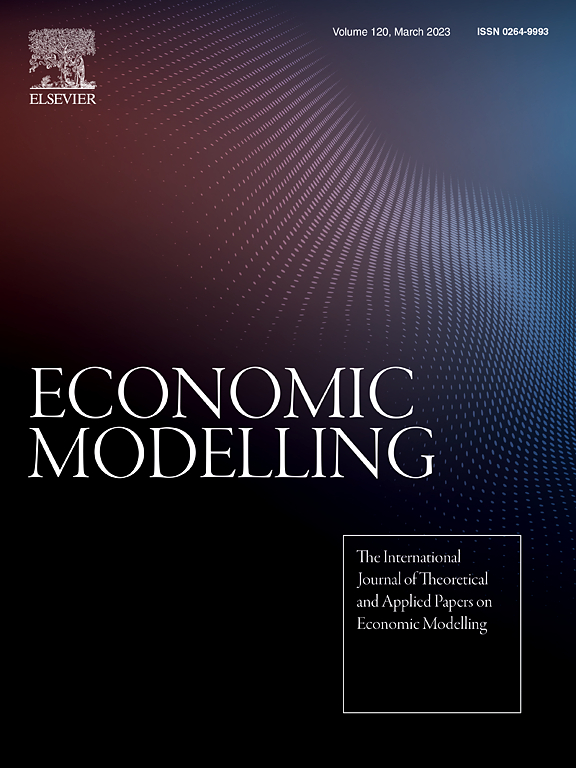
Lo más reciente
This study examines whether and how important it is to adjust output gap frameworks during the COVID-19 pandemic and similar unprecedentedly large-scale episodes. Our proposed modelling framework comprises a Bayesian Structural Vector Autoregressions with an identification setup based on a permanent-transitory decomposition that exploits the long-run relationship of consumption with output and whose residuals are scaled up around the COVID-19 period. Our results indicate that (i) a single structural error is sufficient to explain the permanent component of the gross domestic product (GDP); (ii) the adjusted method allows for the incorporation of the COVID-19 period without assuming sudden changes in the modelling setup after the pandemic; and (iii) the proposed adjustment generates approximation improvements relative to standard filters or similar models with no adjustments or alternative ones, but where the specific rare observations are not known. Importantly, abstracting from any adjustment may lead to over- or underestimating the gap, too-quick gap recoveries after downturns, or too-large volatility around the median potential output estimations.
 Camilo Granados,
Camilo Granados, 